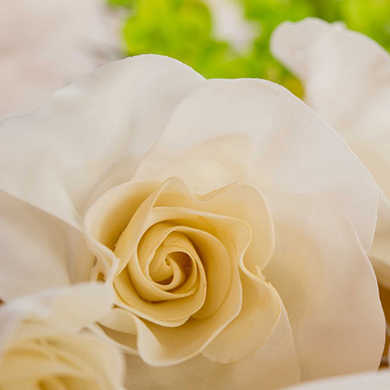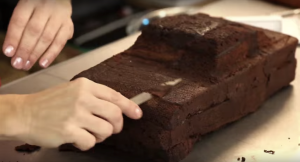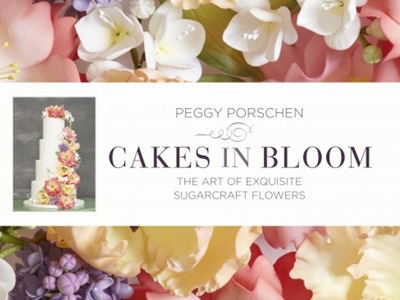
Here are some 8 wonderful fondant tips you need to take note of when using fondant for cake decoration:
- When rolling out your fondant, make sure that it has been kneaded and warmed by your hands. Knead it properly by pushing the air out of the fondant, and warm it up at the same time. As a result, it becomes more soft and pliable, making it easier to work with.
- When coloring your fondant, it is always best to work with gel rather than liquid food coloring. Liquid food color can change the consistency of the fondant, so adding more liquid to get the right color can turn a perfectly smooth ball of fondant into a sticky and gloopy mess. Gel food coloring, on the other hand, has a more concentrated color, resulting into an intense palette, and unlike liquids, it will not weaken the structure of your fondant.
- When mixing fondant with gel food coloring, one of the fondant tips to always remember is that a little amount goes a long way. After all, it’s easier to add color to achieve the desired hue than it is to remove color by adding more white fondant. It is recommended that you use a cocktail stick or a toothpick to apply small amounts to the paste gradually, until you achieve the color you desire. In order to avoid any streaks during coloring, knead the fondant thoroughly in order to evenly distribute the color all throughout the fondant. But if you are actually aiming for a marbled effect, you can stop kneading once you see streaks of color. If you are working on a large cake project where you will be using a large amount of fondant, it is recommended that you use your KitchenAid stand mixer to add color to your fondant, to avoid further abuse to your wrists and hands. And since it is next to impossible to recreate the exact same color on a fondant, it’s better to err on the side of caution and make extra.
- When covering the cake with fondant, start with a perfect base because having a smooth fondant will not make a lumpy and lopsided cake look any better. Before covering, check the icing on your cake. It is a must to have a smoothly iced cake that has a flat top and even sides. In order to achieve this, bring out your bench scraper or frosting spatula to smooth out your icing before you apply the fondant.
- When placed in a humid climate, know that fondant works differently and can become difficult to handle. Warm temperatures could result to a soft fondant, cold weather could result to a hard fondant, while humid temperatures could result to stickiness. Invest in an A/C unit and dehumidifier to create the perfect working environment for cake decorating. Consider using pre-made, store-bought commercial fondant that has been specifically made for humid environments, such as the Carma Massa Ticcino rolled fondant.
- When using fondant to make sugar flowers, you might find it too soft and fragile once you roll it out very thinly. To prevent this, knead in some Tylose powder, a hardening agent, to add strength to the fondant, making it easier to handle. The best way to gauge how much Tylose powder to use is by kneading in a small amount at a time into the ball of fondant. You can always add more fondant to the ball if you have added too much Tylose powder to the mix. Another alternative is to use a 50/50 mixture of fondant and gumpaste.
- When working frequently with fondant, it helps if you invest in the right tools. A flawless fondant finish can be difficult to achieve if you are just going to use your hands. If you are a beginner, buy one small and one large fondant roller. Use the small one to roll out fondant for making cake decorations, and use the large one to roll out fondant that will cover your cakes. A fondant smoother will help you smoothen out the surface of the cakes, while impression mats will make it easy for you to decorate on them.
- When not in use, keep your fondant wrapped in plastic wrap and store inside a ziplocked bag because it dries out very quickly. The goal is to prevent air or moisture to come inside the fondant while it is in storage to ensure that it remains as fresh and as crisp as the day you made them.
By following these fondant tips, you will soon be able to cover your cakes with fondant perfectly! You can also try making your own fondant from scratch.

















